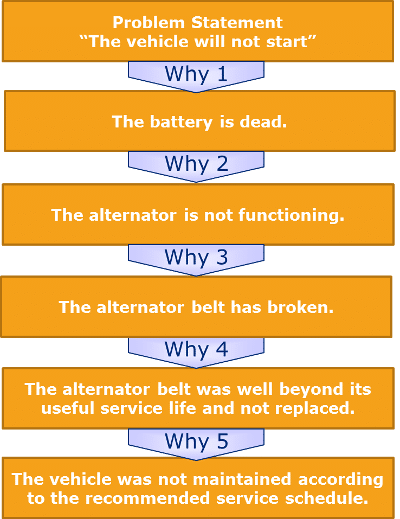I recently started working out at Orange Theory Fitness. It is the best workout I’ve ever experienced. Period. I love the mindset the trainers instill, “Get comfortable with the uncomfortable.” Pushing yourself into deep corners is the only way to grow. And, walking in knowing that I’m going to be uncomfortable helps me to succeed. I’m regularly pushing my heart rate past 90+% for 35-45 minutes. It’s intense, but the results are unmistakable. I’ve lost five pounds in a month and can run a single 6:15 mile. This will serve me well for my next half marathon – at least better than the one I finished while I was fat and out of shape.
Why am I sharing the “comfortable/uncomfortable mindset” from Orange Theory? Well, I recently wrote about performing an end of year business physical. Doing this really well means you have to push yourself for some deep, honest answers – not just surface answers. For it to work, you have to get specific. And, at times, your answers about yourself, your business, your industry or your people will be downright uncomfortable. Get comfortable with the uncomfortable. Today, I want to explain the importance of getting really specific in your answers (with help from a friend) and introduce the 5 Whys process that can help you.
From Surface to Specific
After reading the article, my longest standing friend, Dave McGonigle, reached out to me. Dave is a principal at a successful mutual fund company in Philadelphia, Copeland Capital, which focuses on dividend investing. He encouraged me to write about the importance of getting specific to be truly effective. Dave provided an excellent example from his industry where staying on the surface would have surely meant choosing the wrong path. He wrote:
I think the single biggest thing that people fail to do when evaluating themselves and/or their businesses is to get specific. For example, in my business, the answer to, “How has your industry changed over the last year?” could easily have been, “it has gotten more competitive, with lower fees.” This is true of the last 15 years. However, this fails to address the root issues. Going back to my business, the real answer for 2015 specifically (rather than the long-term trend) is that it has gotten more competitive with lower fees due to an increasing percentage of money flowing into Electronically Traded Funds (ETFs) and other structured products. At the same time, investors have clamored for increased liquidity. Moreover, ETFs have gotten increasingly complex and specific, so it’s harder to demonstrate their weaknesses. Of course, I could go on and on, but the point is, that rather than bemoaning lower fees (although we still do it from time to time) or just cutting our own fees, which – on the surface – might seem like the logical response to the non-specific answer, the longer, more specific answer generates more productive ideas and solutions. In our case, it has led us to be hyper-focused on products that have inherently low capacity, it’s led us to do deep analysis of liquidity (both how much cash to hold in our portfolios and how liquid any individual name is), it has led us to consider establishing new products and it has led us to ramp up our automation cost reduction efforts. Unfortunately, getting people to be specific is much harder than it seems. People are lazy and stuck in their ways. And, I’m not sure how you get them out of those ruts. But, I know for sure that getting specific will be to everyone’s benefit.
Using 5 Whys to Dig Deep
Dave’s relentless approach for the root cause brings up the 5 Whys approach by Taiichi Ohno, who created the Toyota production system in the 1950s. Any parent of a post-toddler age is already familiar with this approach. I have a three year old child and she constantly asks, “But, why Daddy?” After I provide what I think is a final answer, she again asks, “But why, Daddy?” If I allowed it, this could on for hours or even days, but in a business, the root causes of a problem can usually be found within “5 Whys.” It is an extremely powerful tool to dig deep to your real issues. And, it helps you to solve the problems instead of always just fixing the issues.
As an example:
Here is a “5 Whys” tool I created to help you formalize (when appropriate) this exercise.
Why Clarity is Best
Within five “Whys” you have clarity. Clarity to the real problems you need to solve to make your business great. From clarity comes accountability (Now that we know what the root cause of the problem, what can I do, or who can I put in charge, to correct this issue?). Accountability leads to success.

Don’t shortcut the process. A business physical is not effective if you don’t “run all the tests.” It’s like a doctor saying, “You’re fine because you’re alive and breathing therefore I know you have a pulse and blood pressure.” What’s your pulse? What’s your blood pressure? Is your heart about to explode? Are you about to have a stroke because your blood pressure is outrageous? To really succeed, you have to delve deep and get specific.
Reflection on vision and values and execution is often uncomfortable. But to truly succeed, you need to “get comfortable with the uncomfortable.” Take a deep breath, break it down your business to its individual building blocks and then build it back up. If you can get over that first hurdle of going through the metaphorical workout, the awesome opportunity to unlock your potential to succeed is all yours!





Speak Your Mind